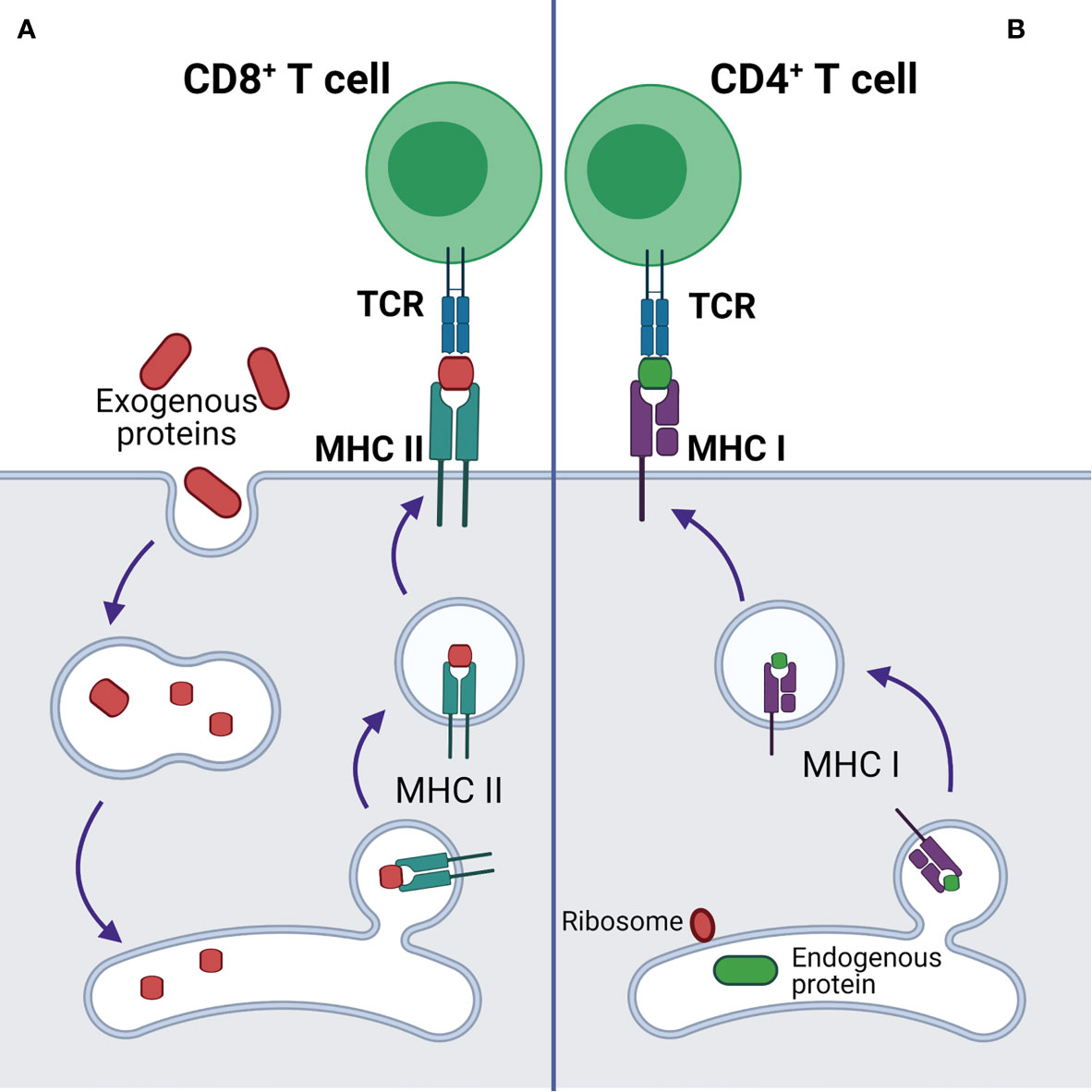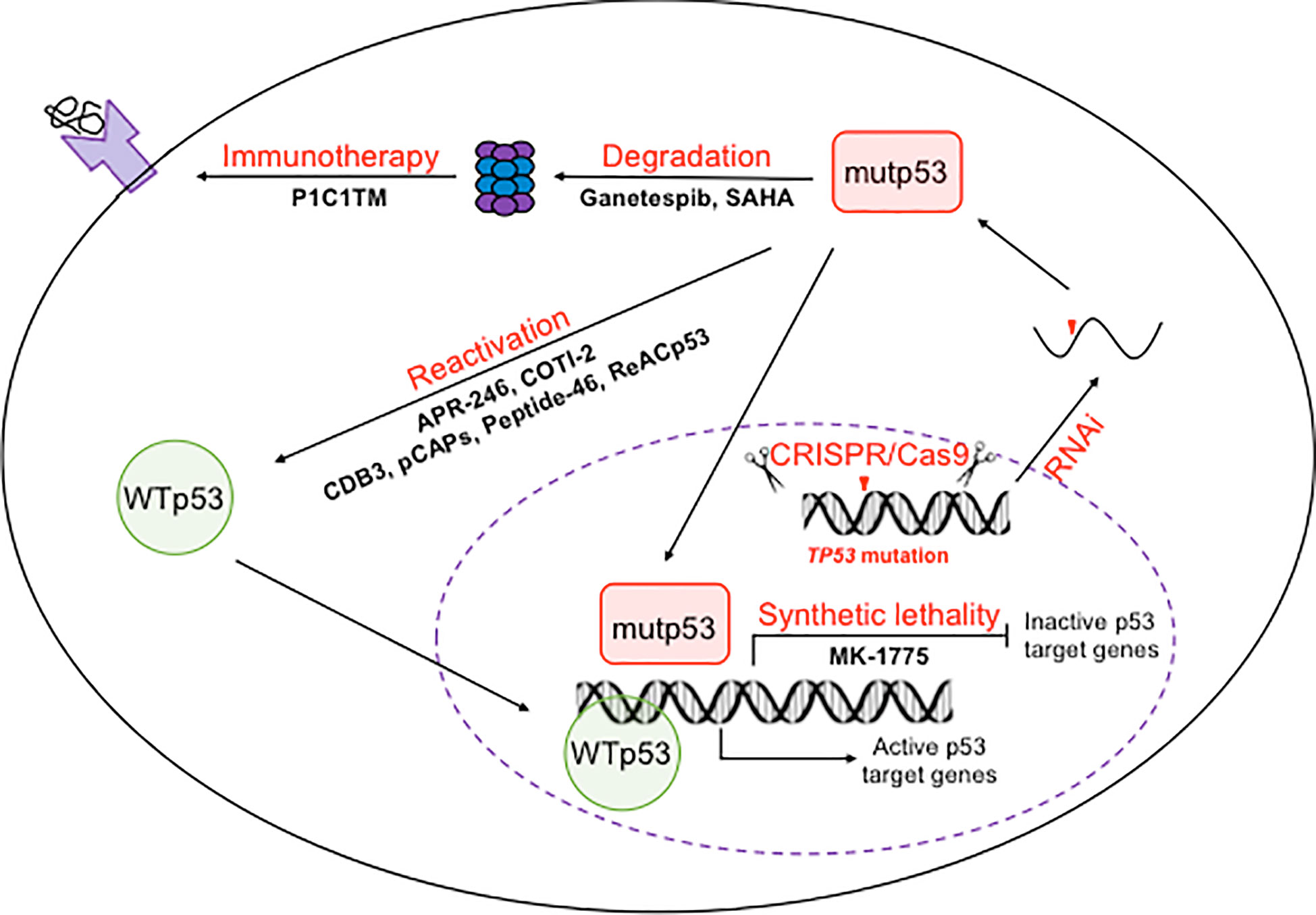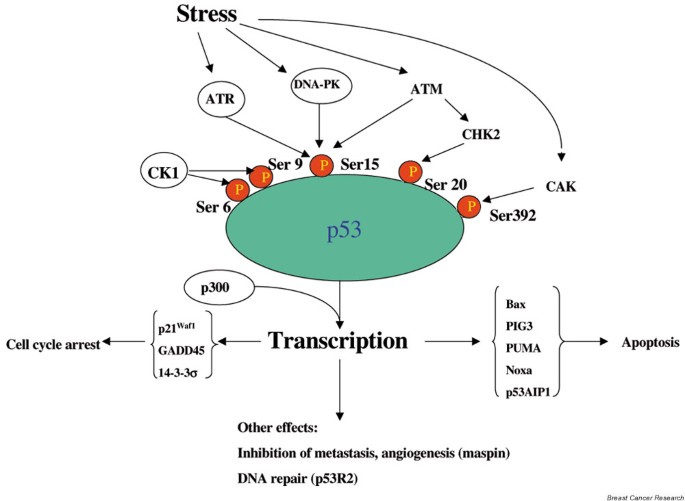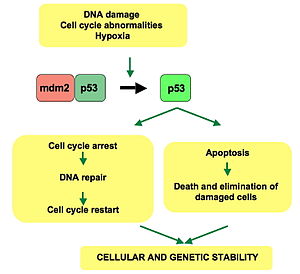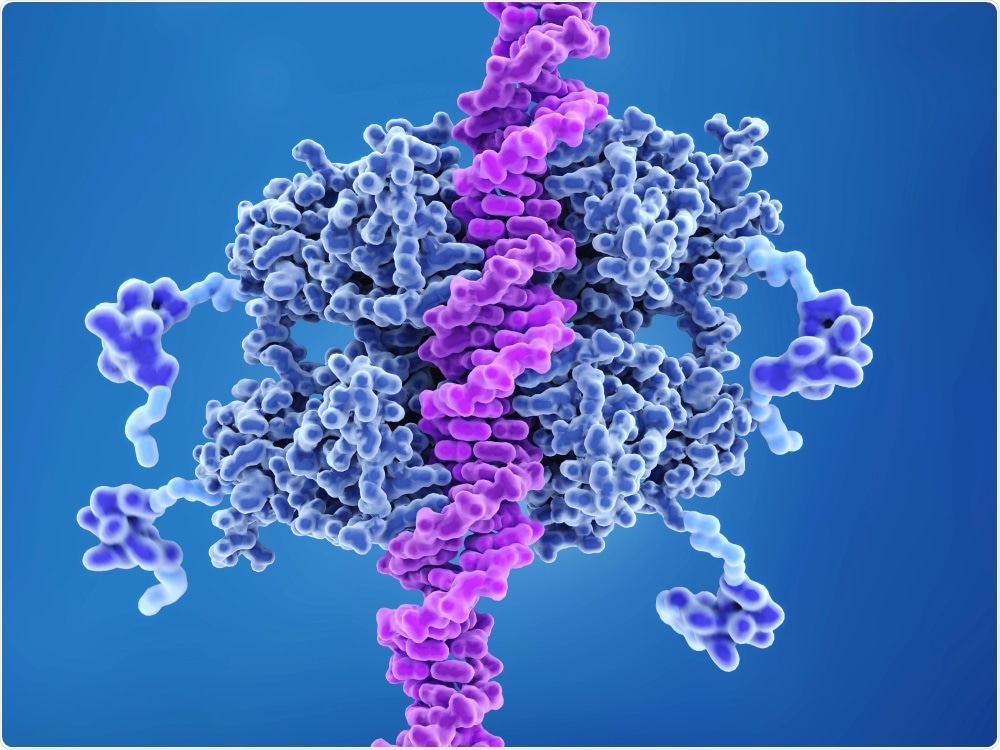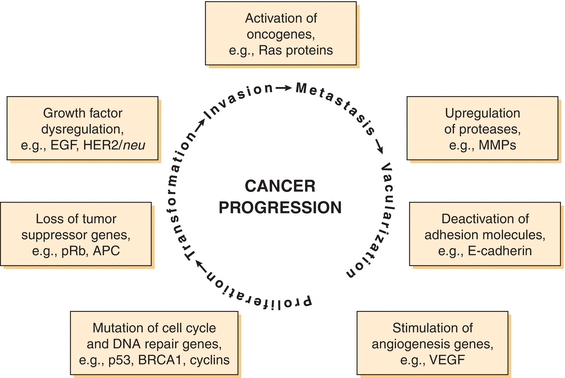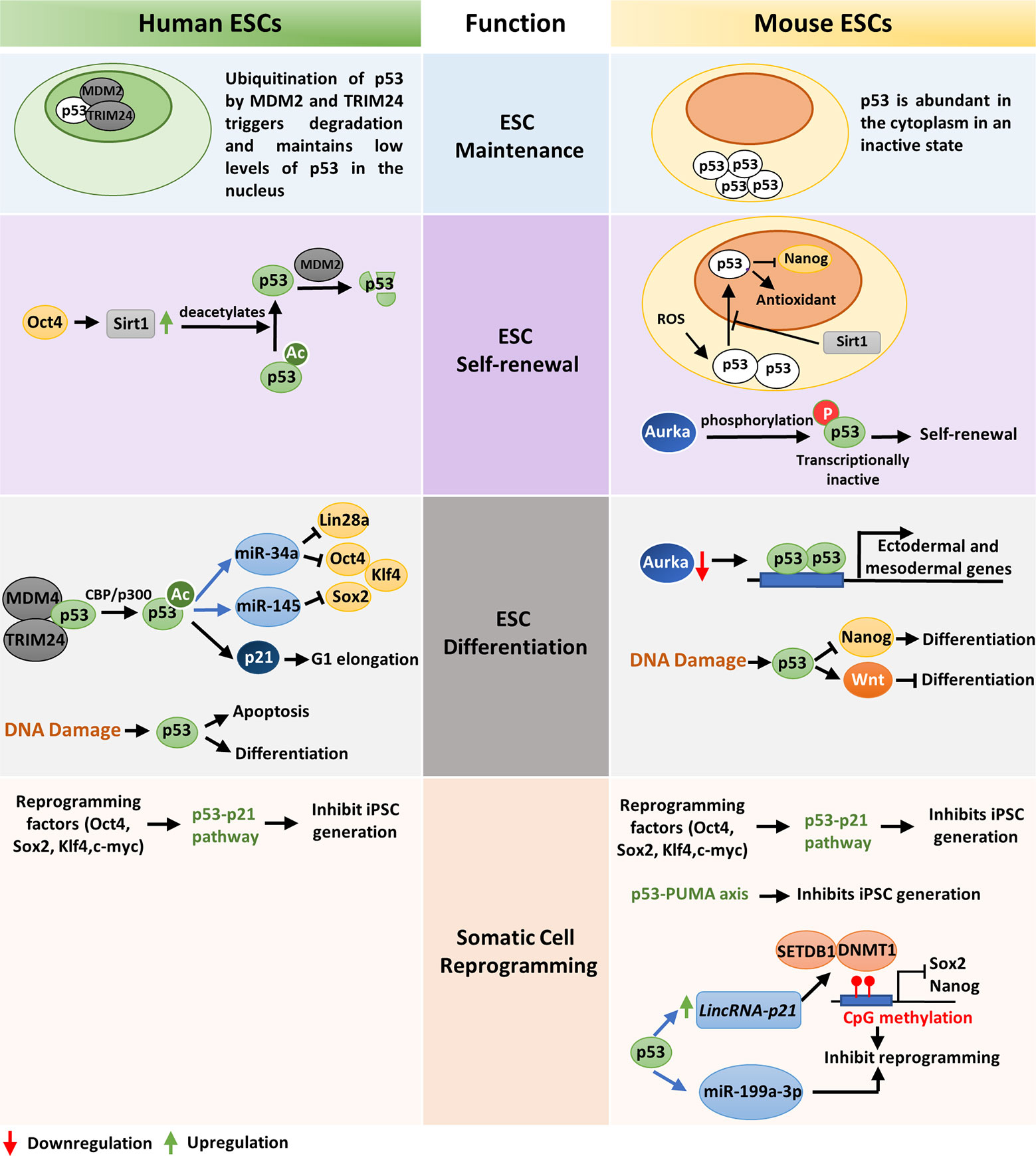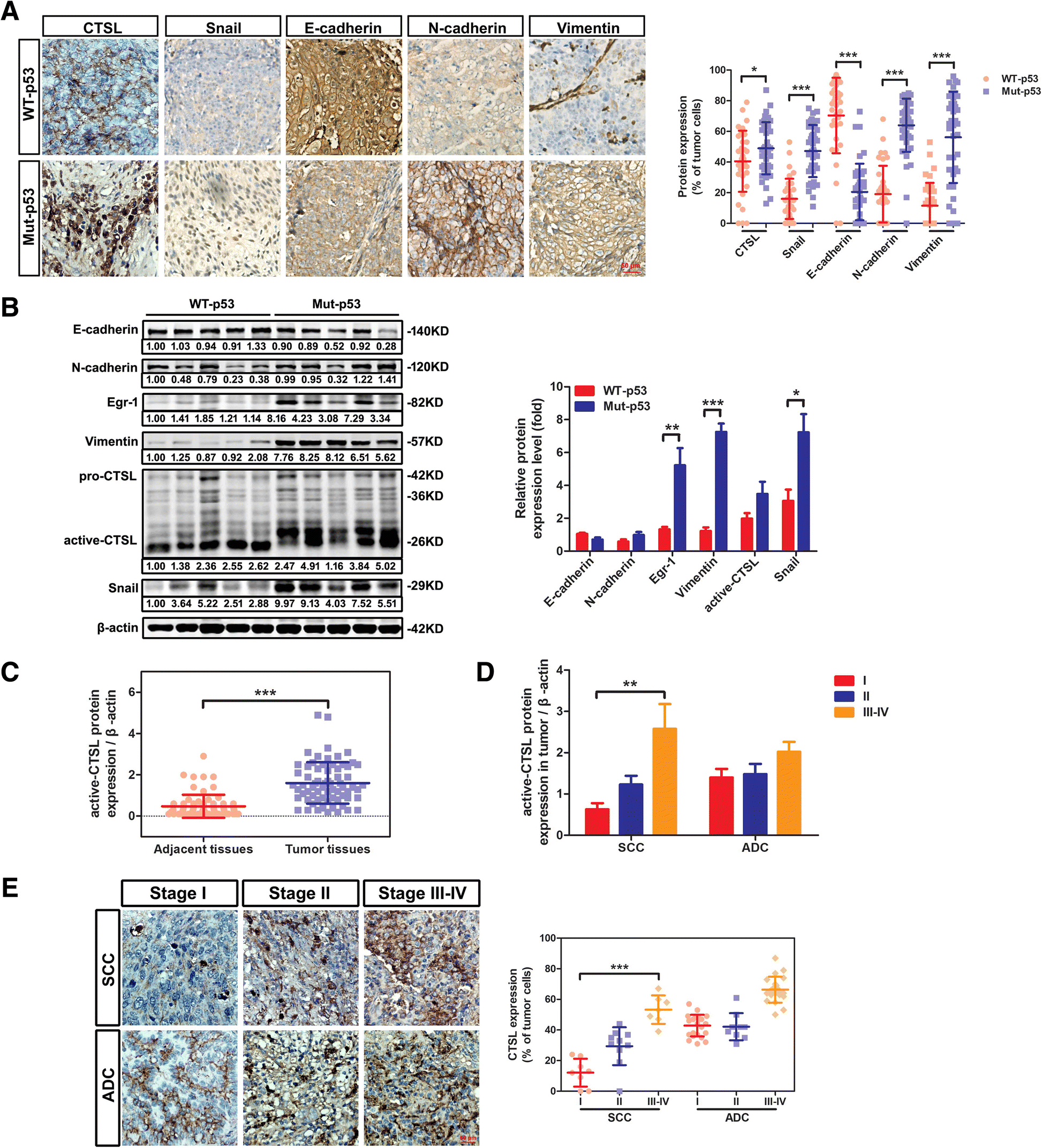
Cathepsin L activated by mutant p53 and Egr-1 promotes ionizing radiation-induced EMT in human NSCLC | Journal of Experimental & Clinical Cancer Research | Full Text
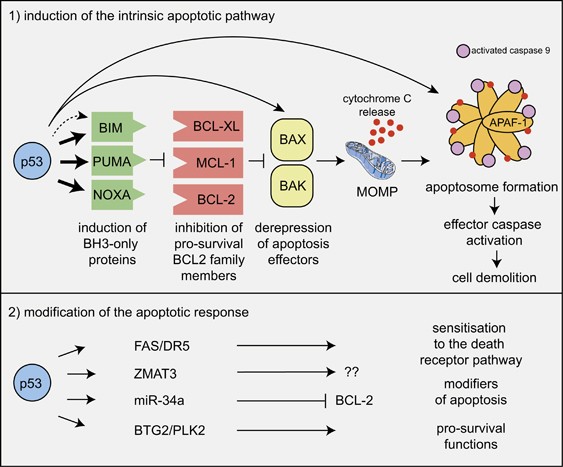
How does p53 induce apoptosis and how does this relate to p53-mediated tumour suppression? | Cell Death & Differentiation
Exploring the p53 connection of cervical cancer pathogenesis involving north-east Indian patients | PLOS ONE

An unexpected role for p53 in regulating cancer cell–intrinsic PD-1 by acetylation | Science Advances

Biology | Free Full-Text | A Glance of p53 Functions in Brain Development, Neural Stem Cells, and Brain Cancer

Tumor suppressive role for kinases phosphorylating p53 in DNA damage‐induced apoptosis - Yogosawa - 2018 - Cancer Science - Wiley Online Library

Tumor suppressor protein p53 expressed in yeast can remain diffuse, form a prion, or form unstable liquid-like droplets - ScienceDirect

The p53 transcriptional response across tumor types reveals core and senescence-specific signatures modulated by long noncoding RNAs | PNAS

Gain-of-function p53 protein transferred via small extracellular vesicles promotes conversion of fibroblasts to a cancer-associated phenotype - ScienceDirect
